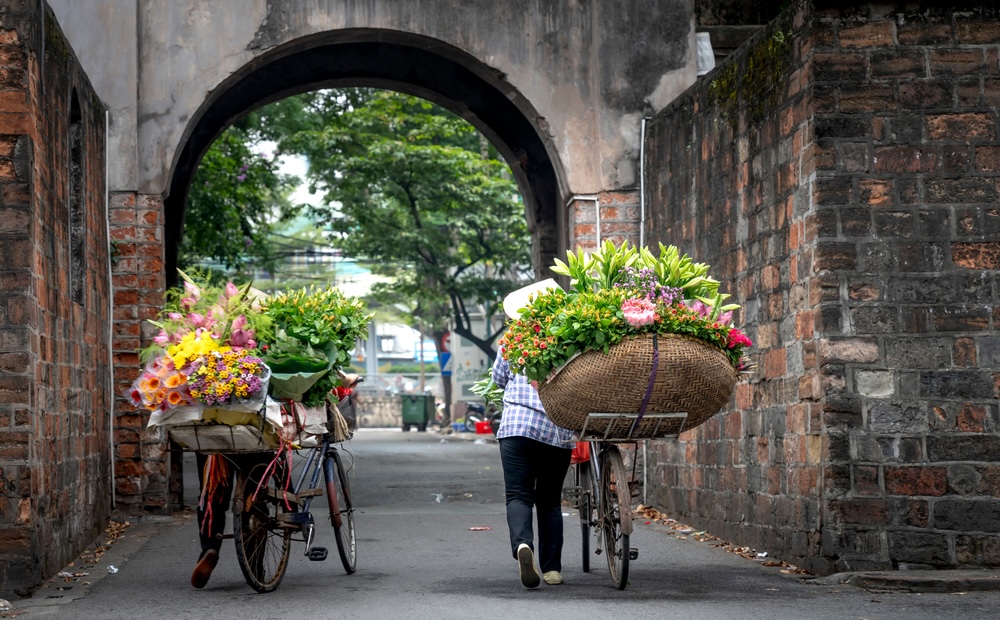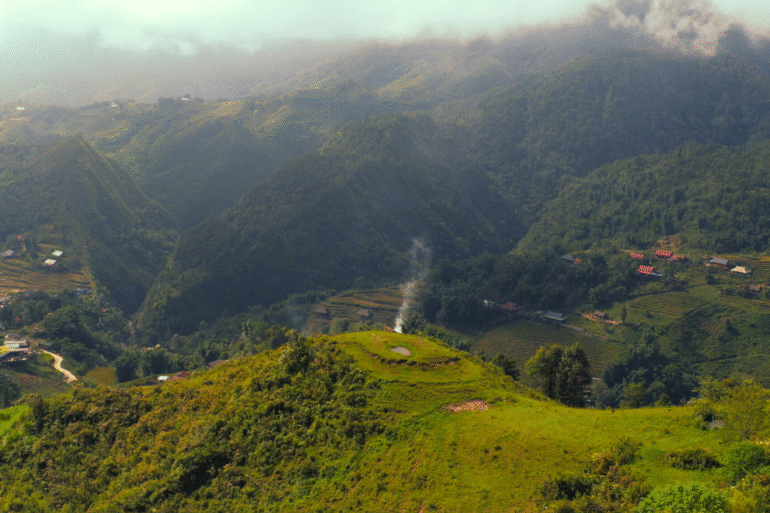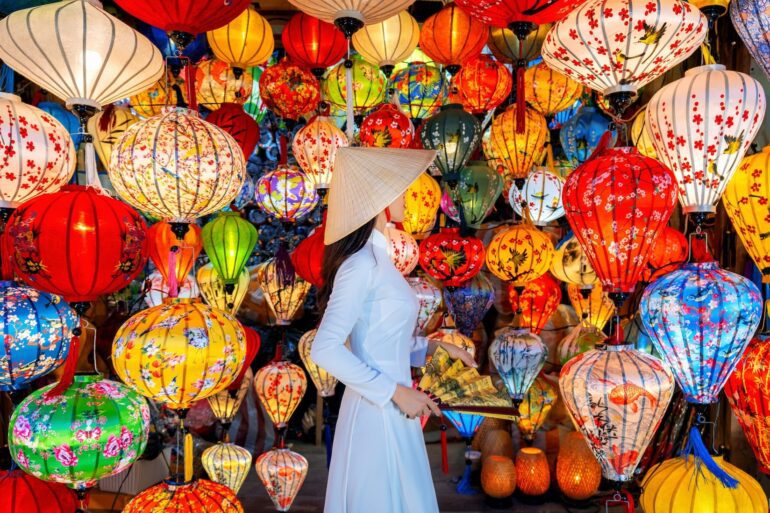Great food, plastic stools, and a marriage of architectural styles—Hanoi greets visitors with a rich cultural experience like no other.
Our trip to Vietnam marked two special occasions: a belated honeymoon and my birthday. Arriving on a late flight, my wife and I headed straight to the neon buzz of Beer Street (Bia Street) in Ta Hien. Hunched over a low plastic table, we embraced Vietnam’s iconic street culture—complete with the small but mighty stools seen everywhere. I was handed a stack of two chairs to my wife’s one. A VIP gesture—or maybe just a hint.




Call it cheesy, but my love affair with Vietnam started that night. Sitting at a yellow-painted building echoing colonial architecture, with bowls of bún chả in front of us and a stream of motorbikes buzzing by, I saw the perfect harmony of history, culture, and food in one frame. Travel has a way of surprising you with beauty when you least expect it.
With touches of classical French design, Chinese temples, and local iconography, Hanoi blends foreign influence with a spirit that remains unmistakably Vietnamese.
Related story: New study ranks Vietnam, Taiwan and Thailand as Gen Z, Millennials’ top destinations
Related story: Embracing the vibrant soul of Hanoi
Cultures to behold
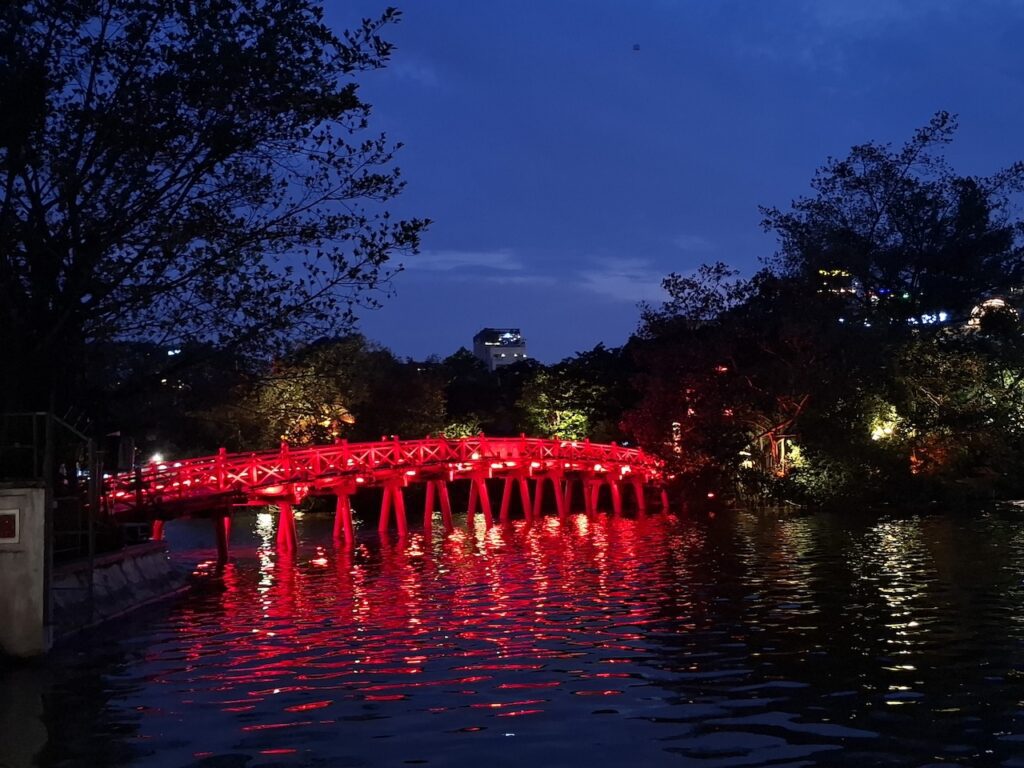
Our trip came just weeks after the country marked the 50th anniversary of Reunification Day (April 30, 1975), when the Communist North captured the US-backed Saigon, later renamed Ho Chi Minh City.
It was a reminder that history lives not only in museums but also in daily life. Like the plastic stools, a symbol of resilience born out of necessity.
During Vietnam’s Reunification Era in 1976, the country faced a shortage economy. As historian Melinda Tria Kerkvliet wrote in her study The Food Problem in Hanoi during the Subsidy Period” (2011), the Communist Party aimed to establish a centrally planned economy, eliminating private enterprise. Many former cooks and chefs joined the black market to make a living, selling street food on the fly. Lightweight, stackable stools and tables allowed for quick getaways from the authorities.
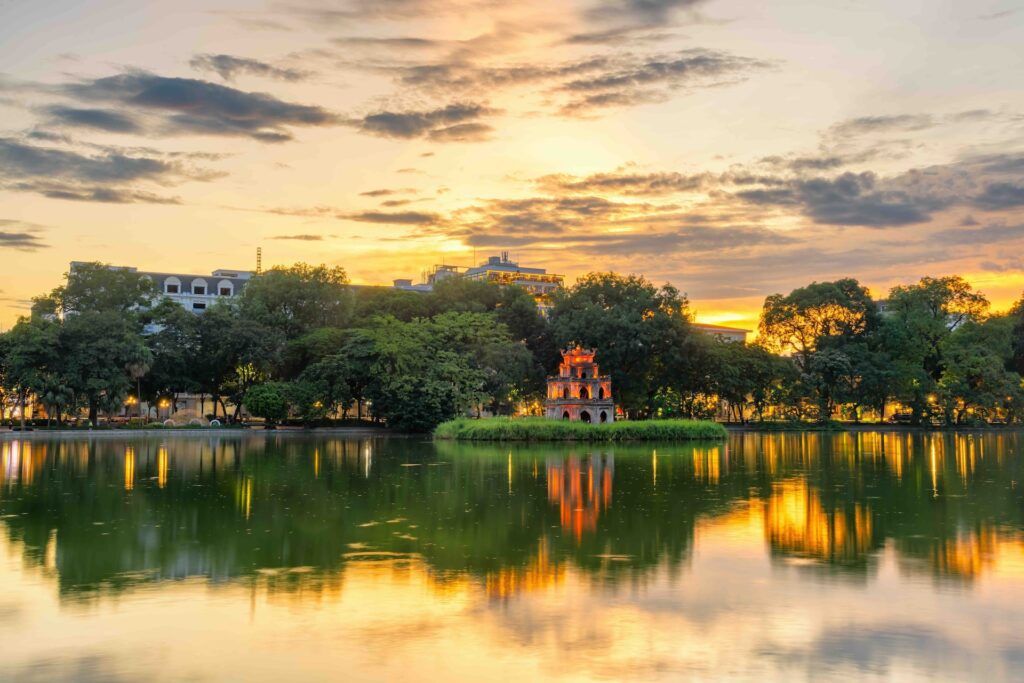
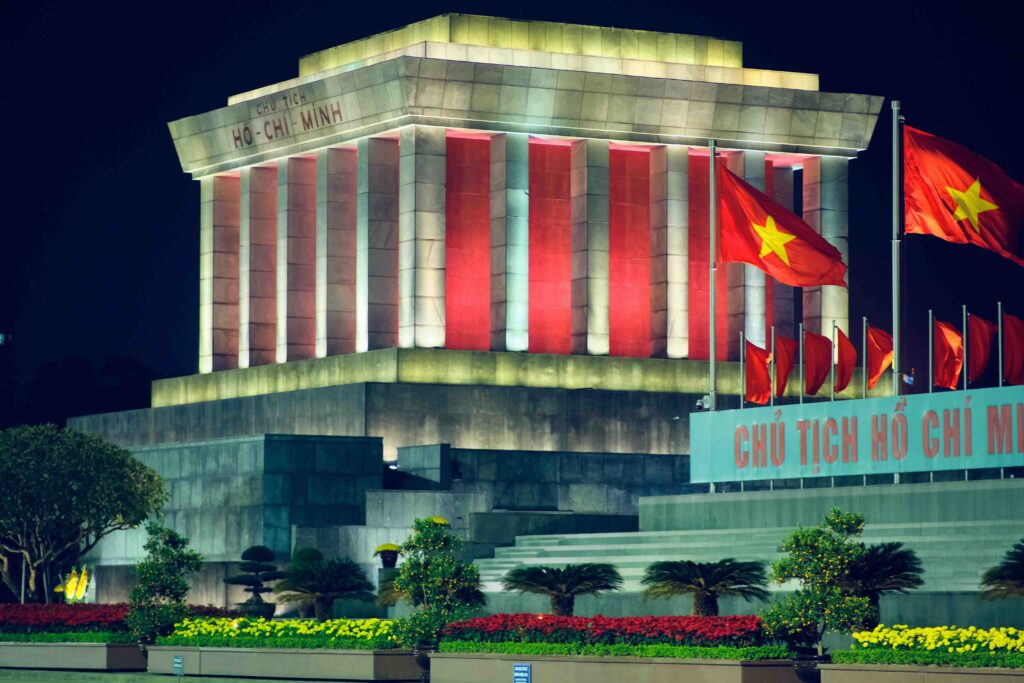
By 1986, Doi Moi (renovation) reforms legalized private businesses, paving the way for modern street food culture. Today, plastic stools remain—both practical and iconic—even in upscale cafes and restaurants.
I toasted my wife, clinking bottles of Saigon Bia, and called it a night in preparation for our Ha Long Bay adventure.
A breather

The next morning, we escaped Hanoi’s organized chaos for a day cruise in Ha Long Bay. Between the constant beeping of motorbikes and my nth cup of Vietnamese coffee, we needed the change of pace.
We visited Sung Sot (“Surprising”) Cave. I’m not usually a fan of caves, but our guide shared two pieces of folklore: one about the legendary hero Thanh Giong, who left behind his sword and horse to protect the bay (look closely, and you’ll see them in the stalactites), and another about a group of monkeys leading locals to fresh water.
Discovered by French explorers in 1901, the cave spans over 10,000 square meters and features two stunning interior chambers. It’s easily one of the most breathtaking sights in the bay.

A charming surprise came when an elderly tourist complimented my wife with a gentle tap and the word “yeppeo” (pretty).
We visited Ti Top Island with its white-sand beach and kayaked through the natural tunnels of Luon Cave—watching out for mischievous monkeys along the way.
There are plenty of travel checklists for Ha Long Bay, but none replace the feeling of actually being there. Whether it’s the legend of the Jade Emperor sending the Mother Dragon (Ha Long means “descending dragon”) or the geological formations shaped over millions of years, we felt privileged to be part of the story, even just for a day.
Related story: Three new destinations added to Hanoi’s tourism circuit
Related story: Your quick, pocket-friendly Michelin food guide to Southeast Asia
A love letter
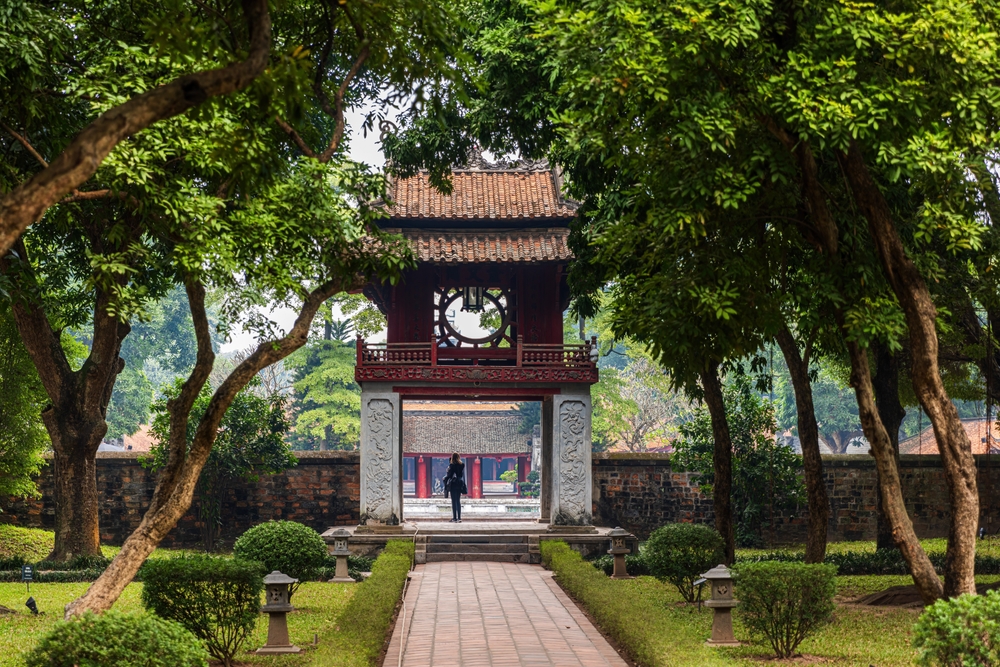
Back in Hanoi, we started our final day with a jog around Hoan Kiem Lake. It’s amazing how quickly the city rhythm becomes familiar. Locals performing tai chi, calisthenics, even ballroom dancing—it all felt like a slow, shared ritual.
The highlight of the day was visiting the Temple of Literature, Vietnam’s oldest university, founded in 1070. Standing there, I couldn’t help but reflect on the contrast with Europe’s Dark Ages and the coming Renaissance centuries later. Hanoi has long been a seat of learning, and that legacy still breathes.
Before heading to the airport, we returned to Chat Coffee on Ha Bong Street, where I first tried coconut coffee—a perfect blend of robusta and coconut slush. It’s also where I started writing this piece.
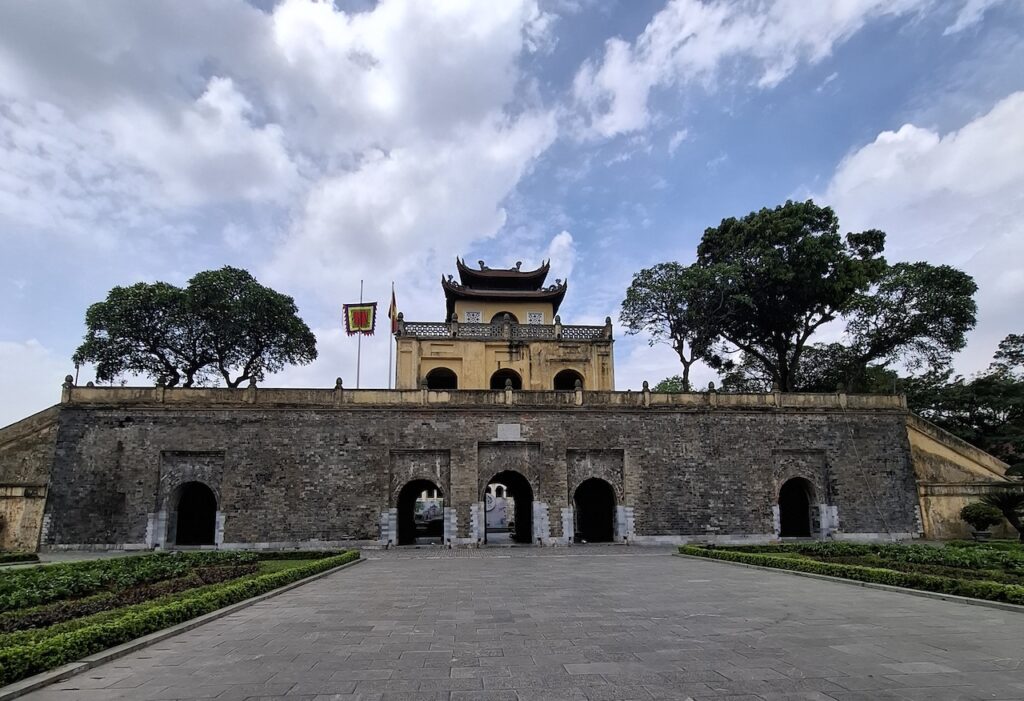
To borrow the words of Vietnamese monk and peace activist Thích Nhất Hạnh: “A real love letter is made of insight, understanding, and compassion… Before it produces a transformation in the other person, it has to produce a transformation within us.”
That’s what this journey has been. I may have only captured fragments of our experience, but I carry an immense appreciation for everything Vietnam has given us.
Mark Twain once wrote in his travel letters: “Travel is fatal to prejudice, bigotry, and narrow-mindedness…”
He was right, of course. And for the lessons, the stories, and the love—thank you, Vietnam.

